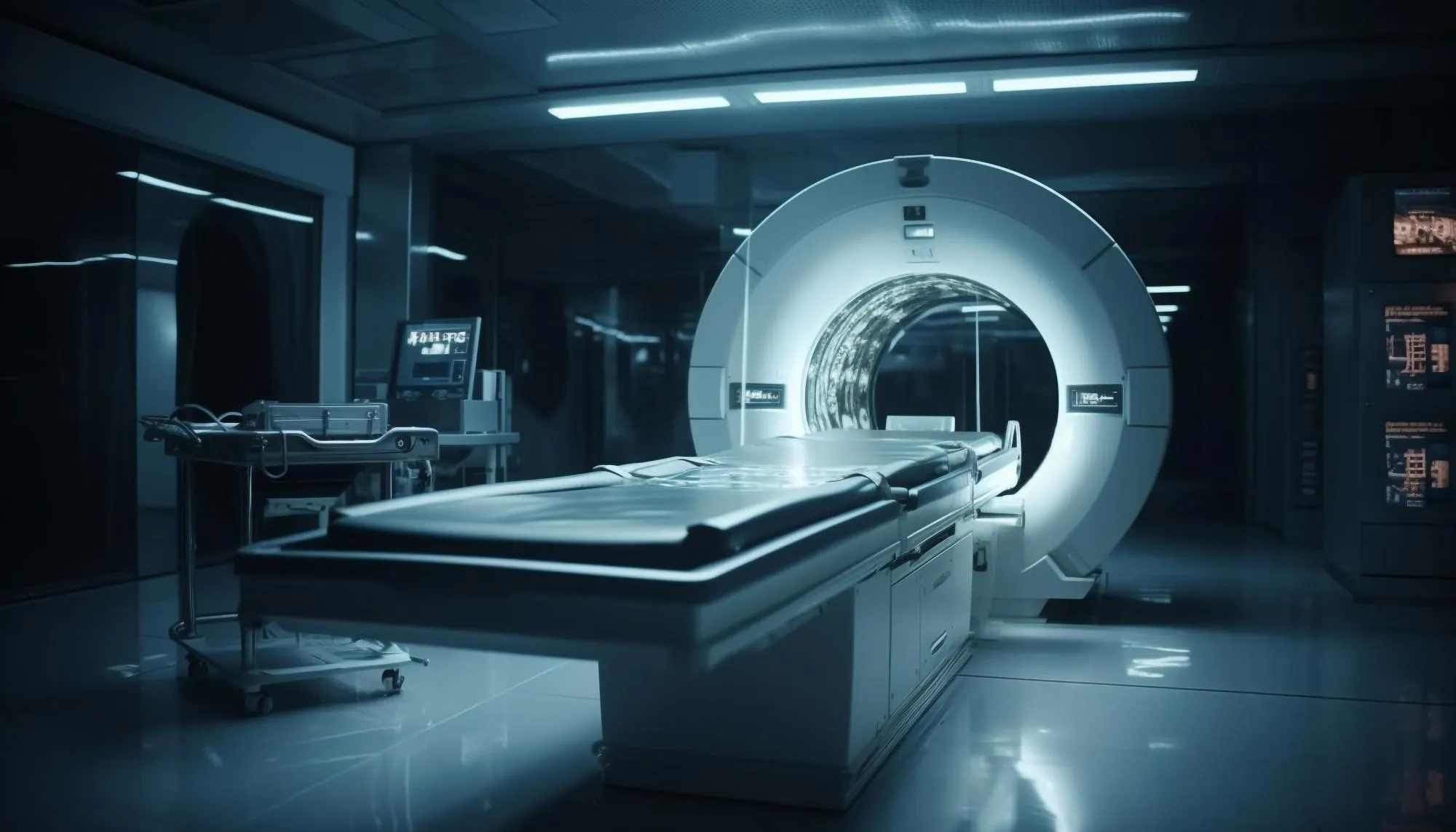In a significant milestone for diagnostic medicine, researchers from Chiba University, in collaboration with the Tokyo University of Science and Gunma University, have developed a novel imaging probe for the precise detection and identification of sentinel lymph nodes (SLNs). Published in the Biological & Pharmaceutical Bulletin, the study showcases an advanced mannan-based agent that targets the macrophage mannose receptor (MMR/CD206), demonstrating potential to enhance cancer staging and treatment planning through better lymphatic mapping.
Understanding Sentinel Lymph Node Detection and Its Importance
The SLN is the first lymph node to which cancer cells are most likely to spread from a primary tumor. Accurately locating and evaluating SLNs is crucial for cancer staging and determining the appropriate surgical course. A traditional approach has been the use of probes that target the macrophages within these nodes. Despite the progress, challenges such as poor imaging resolution and retention at the injection site have limited the efficiency of existing probes.
The Innovation of the Mannan-Based Probe
The study, led by Yuki Hagiwara and a team of researchers, showcased their work on a new MMR-targeting probe synthesized from yeast mannan, a polymer chain with a high molecular weight of around 85 kDa. The team capitalized on mannan’s natural affinity for the MMR and utilized a photochemical depolymerization process to fine-tune the molecular weight and enhance its targeting capabilities.
In previous attempts, mannosylated dextran was used for creating MMR-targeting probes, but these typically suffered from suboptimal targeting due to retention at the site of injection, where macrophages and dendritic cells are abundant. To address these limitations, the researchers took a different approach, focusing on yeast mannan’s unique structure and properties.
The Breakthrough: In-Vivo Evaluation and Results
Through intensive in-vivo evaluation, the team witnessed that 11.9% of the injected dose of the mannan-based ^99mTc probe reached the target SLNs, a promising improvement in efficiency. Using Single Photon Emission Computed Tomography with X-ray Computed Tomography (SPECT/CT), the researchers could visualize the SLN with greater clarity and specificity, overcoming many of the traditional challenges associated with SLN imaging.
The probe’s effectiveness was tested in mice, and the biodistribution data revealed that the mannan-based probe had a selective affinity for the SLNs, avoiding significant uptake by other organs. The findings indicate that the new probe significantly decreases non-specific retention at the injection site.
Potential Impact on Cancer Staging and Surgery Planning
The enhanced accuracy in detecting SLNs with the mannan-based probe holds substantial implications for cancer treatment, particularly in staging and deciding whether or not lymph node removal is necessary. For patients, this could mean less invasive procedures, decreased risk of complications, and a more tailored treatment approach.
Challenges and Future Directions
Despite the promising results, translational research is required to move the findings from mouse models to human applications. As with any new medical technology, regulatory approvals, scalability, and reproducibility of results in the diverse human population will be critical before this mannan-based probe can become a part of standard diagnostic protocols.
Industry and Research Community Reactions
The research community has recognized the mannan-based probe development as a potential game-changer in the field of diagnostic imaging. The specificity and reduced retention of the new agent could significantly improve the accuracy of cancer diagnostics. This could, in turn, shape the future of personalized medicine by enabling more precise interventions based on the detailed mapping of cancer spread.
Conclusion
The pioneering work of Hagiwara and her team illuminates a path toward more efficient and accurate diagnoses of SLNs, potentially revolutionizing cancer staging and treatment pathways. While further research is necessary, the mannan-based probe could soon be at the forefront of diagnostic innovations, facilitating early detection and precise interventions in cancer care.
References
1. Hagiwara, Y., Higashi, K., Hagita, H., Uehara, T., Ito, D., Hanaoka, H., Suzuki, H., Arano, Y., & Toida, T. (2019). Preparation of ^99mTc-labeled mannans for sentinel lymph node detection. Biological & Pharmaceutical Bulletin, 42(5), 819-826. DOI: 10.1248/bpb.b19-00026
Keywords
1. Sentinel Lymph Node Detection
2. Macrophage Mannose Receptor
3. Mannan-Based Imaging Probe
4. Cancer Diagnostics Imaging
5. SPECT/CT Lymphatic Mapping
The new research findings contribute to a growing body of literature that aims at improving SLN detection techniques. The successful development and implementation of the mannan-based probe could mark a turning point in how clinicians stage and treat certain cancers, offering hope for improved patient outcomes through enhanced precision in medical imaging.
